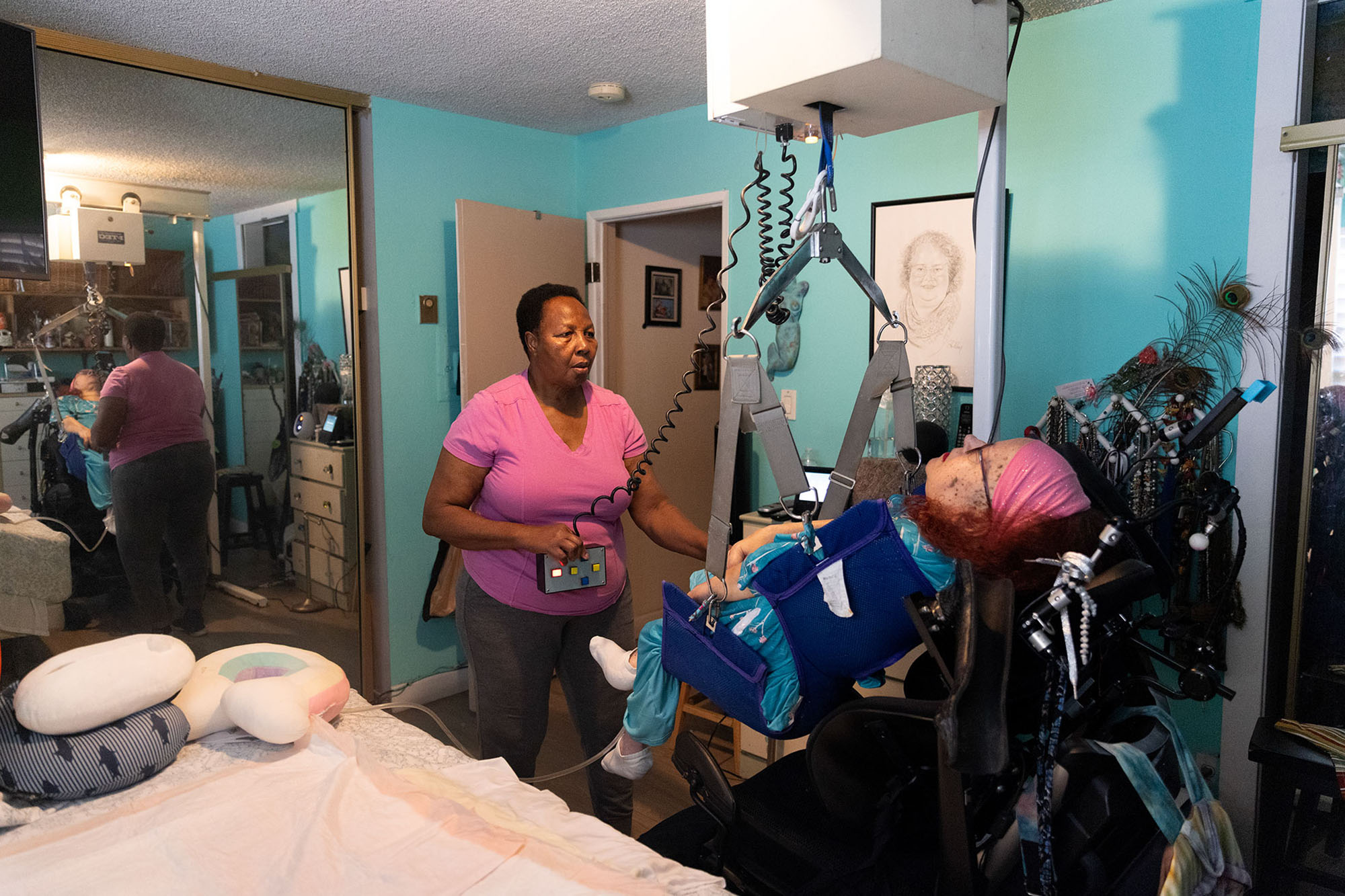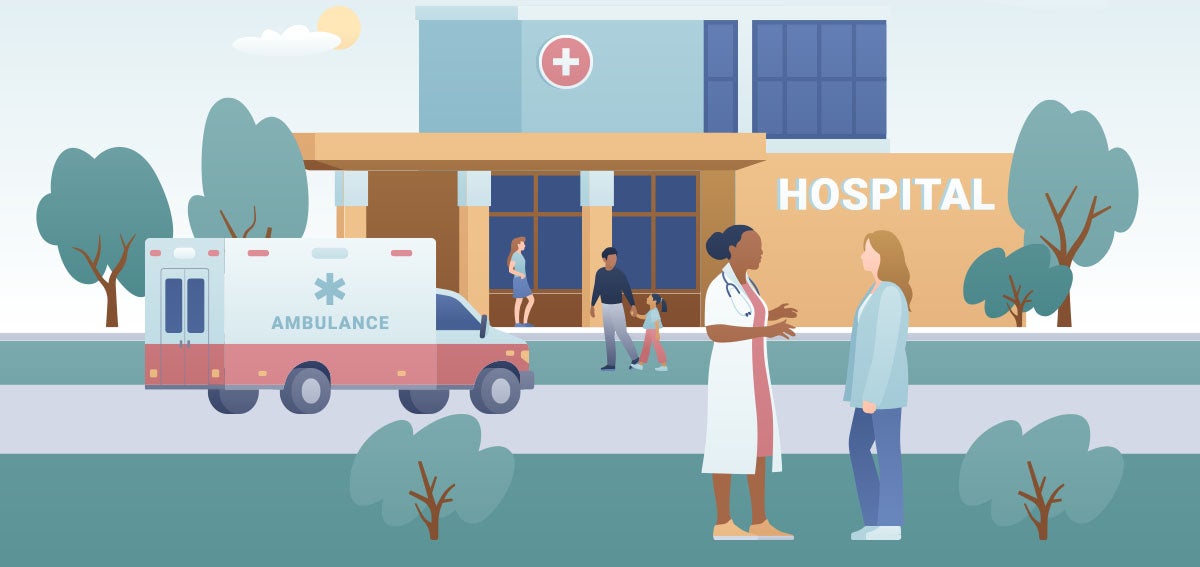View the Report
Jump to All Downloads & LinksThe California Department of Health Care Services (DHCS), counties, and Medi-Cal managed care plans (MCPs) are ramping up to meet the ambitious objectives of CalAIM (California Advancing and Innovating Medi-Cal), a five-year statewide health care reform plan that centers on a population-based approach, prevention, and whole-person care. Successful collaboration between MCPs and community-based organizations (CBOs) of all sizes will be important to CalAIM’s success, yet barriers exist for both MCPs and CBOs to create these collaborations.
CBO networks — groups of CBOs led by a network lead entity, or neutral convener, for the purpose of contracting with a health care organization — may help. This brief focuses on explaining the roles, opportunities, and challenges that CBO networks present in the context of CalAIM. It outlines seven considerations for the potential use of CBO networks, including the potential benefits and hurdles from the perspective of CBOs and MCPs:
- CBO networks can increase efficiency for CBOs and MCPs.
- Opportunity costs are high for CBOs.
- Leadership, vision, and resources are required.
- A neutral and trusted convener is required.
- Put equity at the center.
- PATH funding may support CBO network development.
- Existing California networks and lead entities can be leveraged to support CBO network development.





